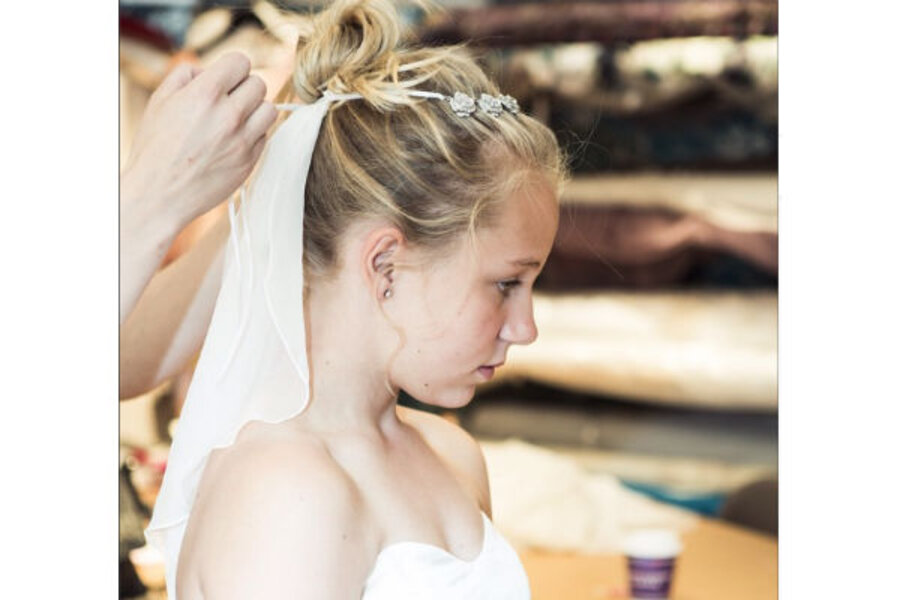What Malala and a 12-year-old bride show us about International Day of the Girl
Loading...
Saturday, Oct. 11 marks International Day of the Girl, started by the United Nations two years ago to recognize girls around the world and, as described by the UN as, “a response to an urgent problem facing our world today: the neglect and devaluation of girls around the world.”
When I was a young girl, I didn’t know about the struggles of girls around the world. I knew more about the struggles of fictional characters like Ramona, Margaret, Laura and her sister Mary, and a few others from the books I picked up at the library.
Network television news was my family’s main source of news from around the world, and the biggest news stories I can remember most clearly pertaining to girls and women during my childhood were Baby Jessica getting caught in the well and Christa McAuliffe’s fateful ride in the 1986 Challenger Space Shuttle.
Needless to say, my childhood experience in women’s issues on a global scale was limited.
In the last two days, one big news story and one marketing campaign, spread almost effortlessly across social media and the web, have highlighted how far we have come in recognizing international issues, and how much the Internet has become a powerful tool for sharing information and effecting change.
Friday, Malala Yousafzai was awarded the Nobel Peace Prize along with Kailash Satyarthi. A teenager from Pakistan, shot by the Taliban for standing up for girl’s education, Malala has fearlessly continued her mission, was awarded humanity’s highest honor for her courage and commitment to peace.
Meanwhile, the Belgium organization Plan International and its Norwegian branch shocked with a campaign featuring "Thea," a fictional 12-year-old girl in Norway, preparing for her wedding to a 37-year-old man on – of all days – Oct.11.
From blogging about her wedding preparations – picking out a dress, to tasting cake and sharing concerns about her wedding night – the teen’s story freaked out many Norwegians, and others following it on the web, for the sake of making a point. It was all part of a marketing campaign gone viral, to raise awareness of child brides across the globe who are forced into marriage.
With the advent of the Internet (which came along when I was in my teens), and social media (which came along when I was in my twenties), we've entered an era of global interconnectivity (see data from the World Bank), giving us the ability to plug into international issues more easily than ever before, and to help effect change around the globe.
A simple scroll through Twitter can connect you to organizations pressing for change on International Day of the Girl - a few samples:
And through technology, digital paths facilitating the empowerment of women are being built; such as mobile learning apps that assist secondary education in Afghanistan, and apps to help farmers, created by women in Kenya.
The White House proclamation about International Day of the Girl helps articulate the opportunity:
“As Americans, we must see the hopes and dreams of our own girls and realize that these are the same dreams of girls around the world. We cannot afford to silence the girl who holds the key to changing her community, or the voice that speaks up to call for peace or further scientific discovery. We cannot allow violence to snuff out the aspirations of young women in America, and we must not accept it anywhere in the world. Today, we resolve to do more than simply shine a light on inequality. With partners across the globe, we support the girls who reach for their future in the face of unimaginable obstacles, and we continue our work to change attitudes and shift beliefs until every girl has the opportunities she deserves to shape her own destiny and fulfill her boundless promise.”
Some might ask why it took the UN until two years ago to formalize the International Day of the Girl, others - like myself - who remember a world less connected, might say the UN was “striking while the iron is hot.” Young – and old – citizens worldwide are now armed for social change, with tools like social media, right at their fingertips.






